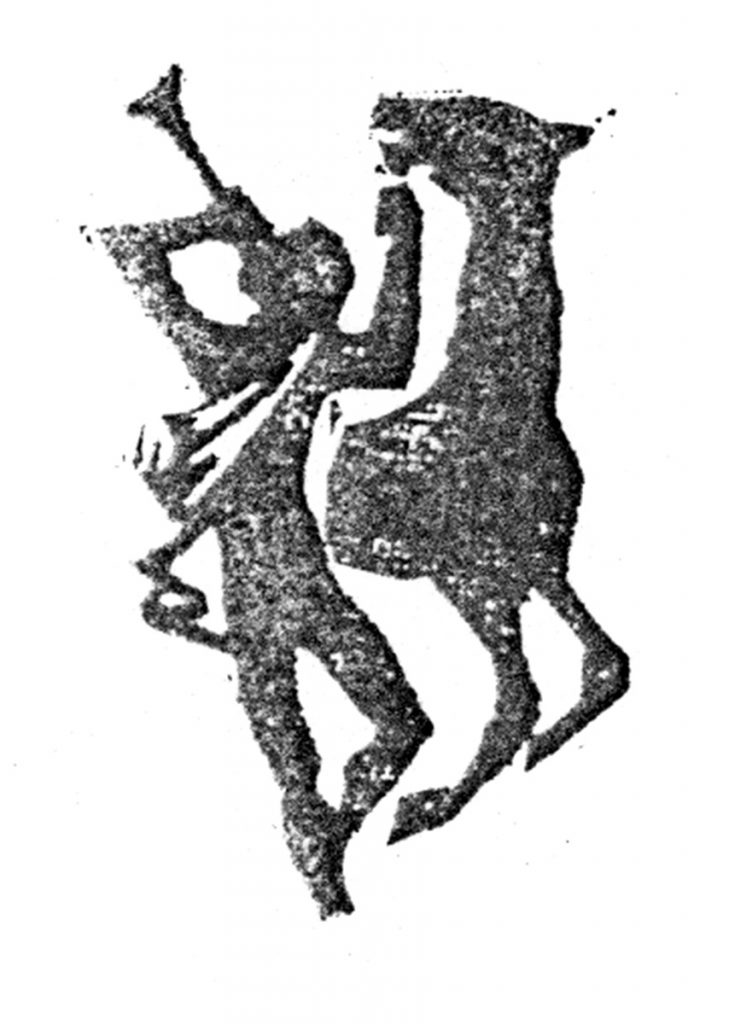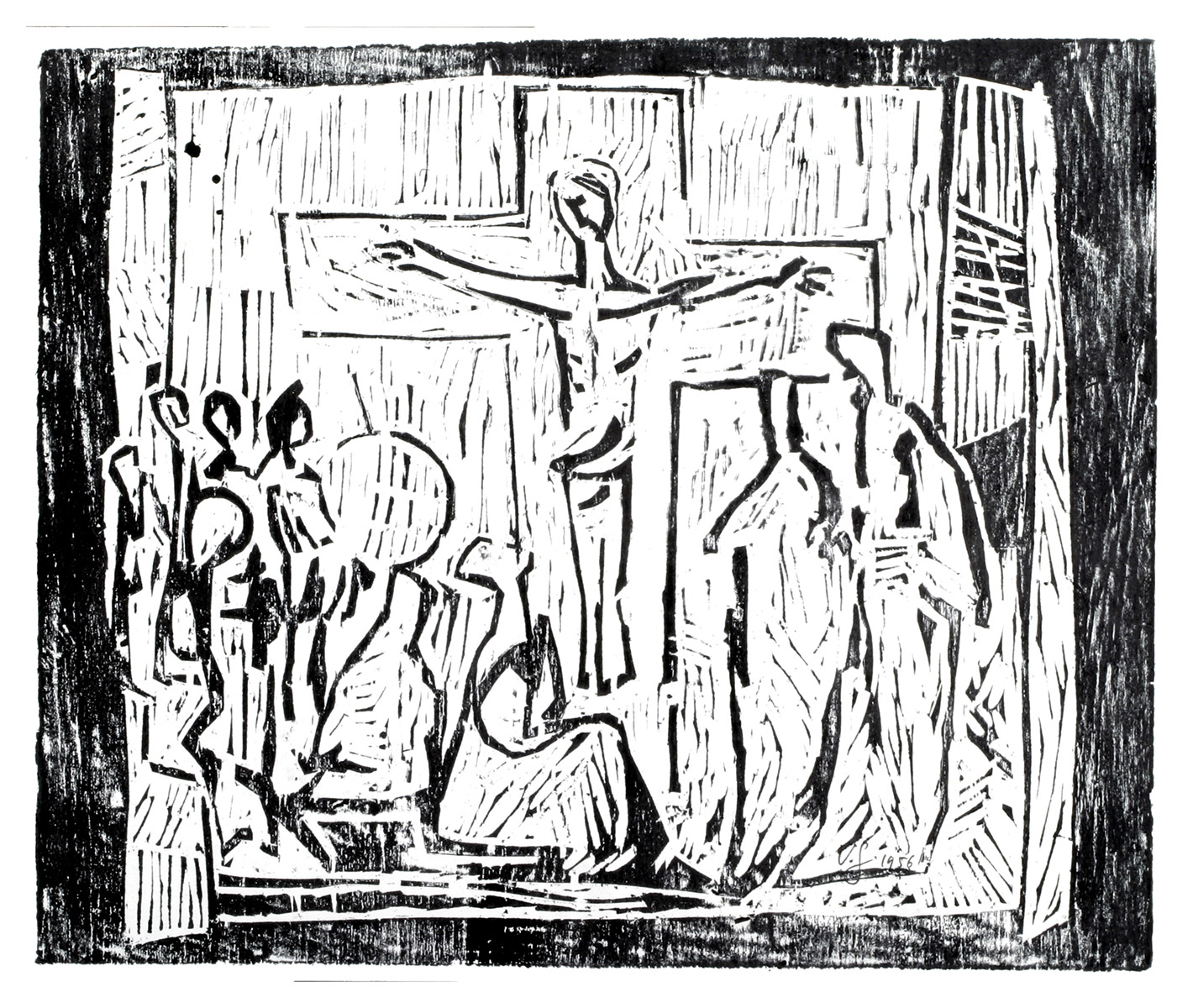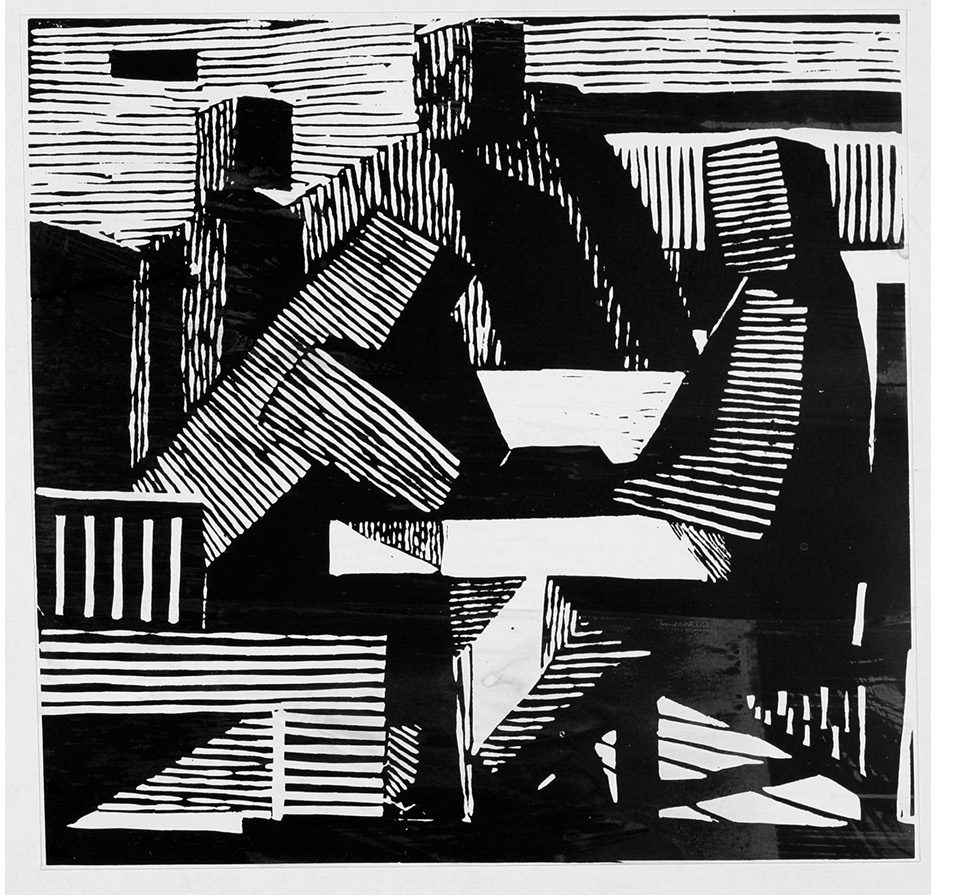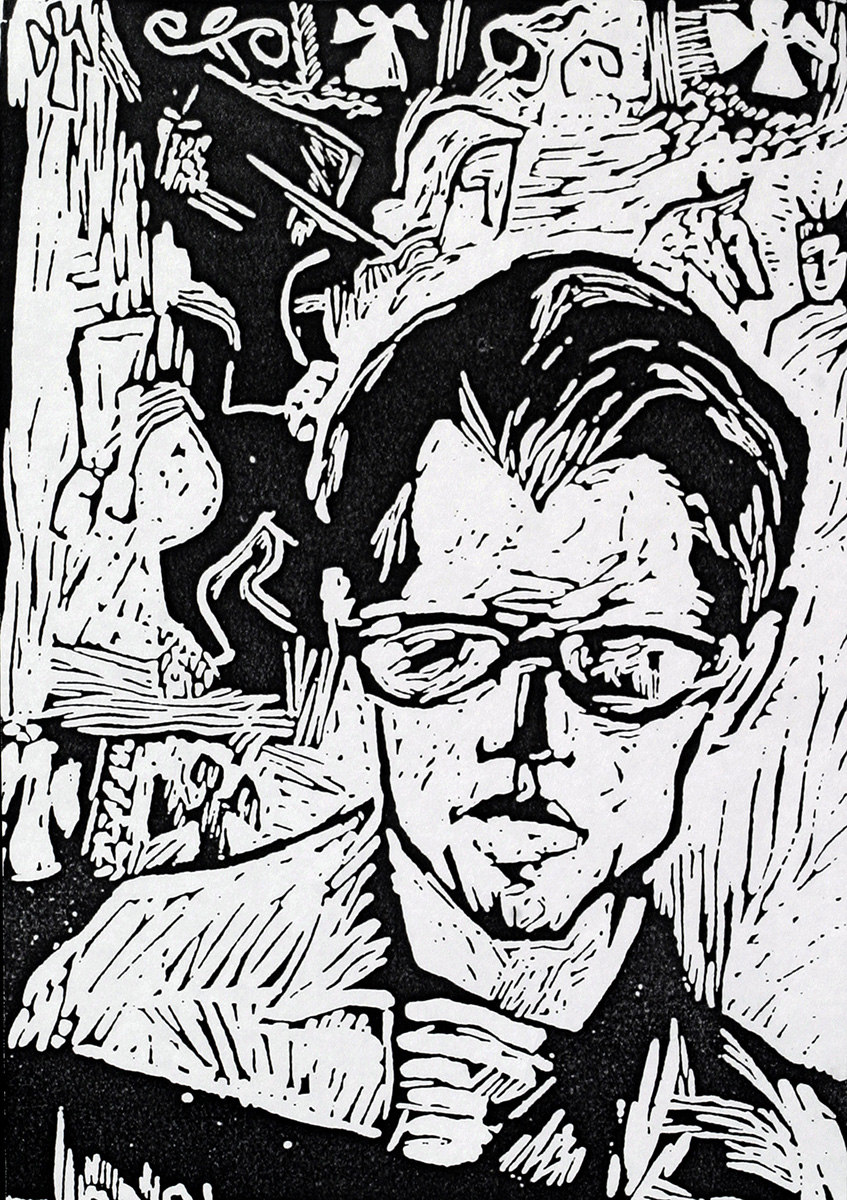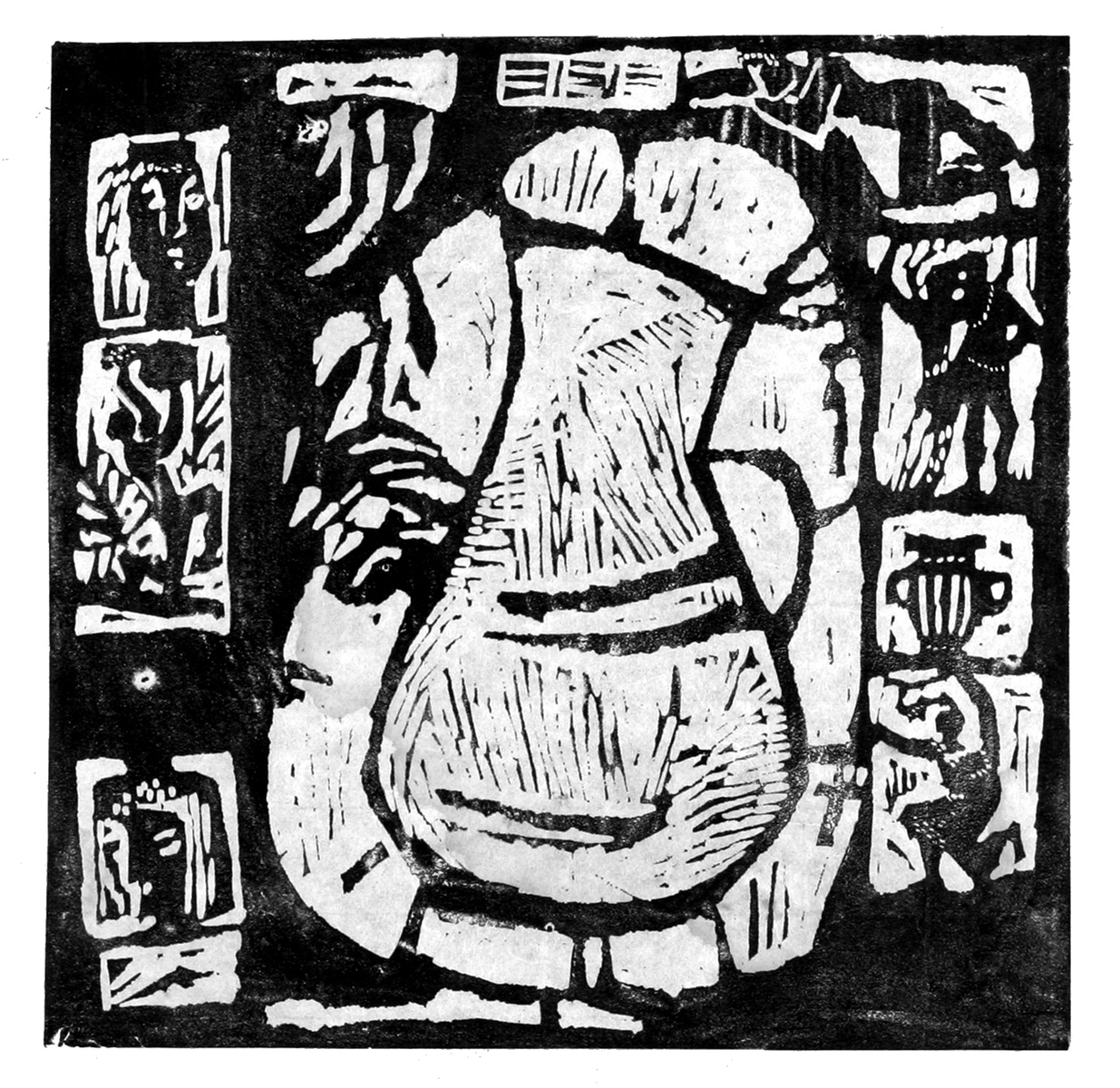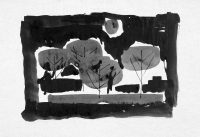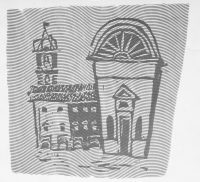Project Description
How wonderful is the smell from cutting into linoleum?
Even better with the smell of ink on its surface!
He had such a delicate hand, never too much pressure but just enough to knick out the vital bits. After sketching up the image, he’d spend some focussed attention making the positive negative, the dark into light.
Everything was a chance: linoleum, wood, rubber stamps.
Two hundred years ago in Lithuania woodcut was used as a reproduction method for religious imagery.
In the beginning of the twenty-century, professional artists found woodcut as a modern graphic technique. Lithuanian artists tended towards expressionism, cubism and an early abstract movement.
During Soviet times, woodcut became industrial in character. It depicted workers and political heroes in the socialist realistic style. Other artists created political-propaganda woodcuts in the primitive or expressionism style.
Meanwhile, in Australia, a legacy of a tradition depicted simple pleasures and ideal, in the expressionist way.
So why was woodcut so popular in Lithuanian art?
Lithography or etching was (and still is) a more conservative technique for Lithuanian artists. Simply stated, there was an abundance of wood and woodcarving was a tradition – and in that way, an acceptable request for commerce was always at hand.
In Lithuania, it developed with more energy than other graphic techniques. It was greatly influenced by European art, and in the history of woodcuts, Lithuanian printmakers could see within it, the movement of their own unique style of art.


